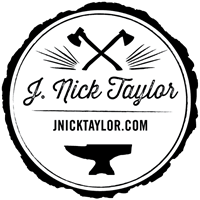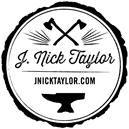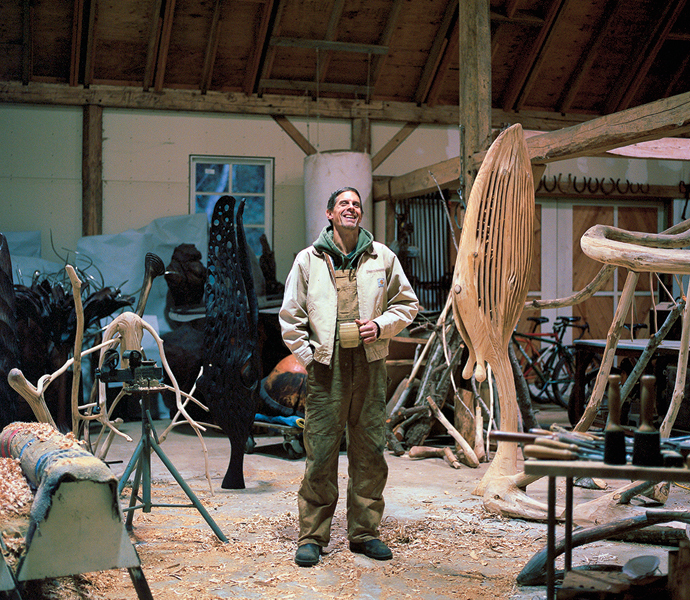Excerpts from writer Bruce Kirkby’s article published in Air Canada’s En Route magazine titled “Exploring California’s Lost Coast“.
MAY 30, 2013 | BY BRUCE KIRKBY
…
Taylor’s portfolio includes an eight-metre-tall baseball glove at San Francisco’s AT&T Park, the golden statues for the Rolling Stones’ Bridges to Babylon tour and Anish Kapoor’s iconic Cloud Gate, a.k.a. the Bean, in Chicago’s Millennium Park. After closing his Bay Area studio, Taylor searched for years before finding this patch of raw land close to Fort Bragg and not far from the Lost Coast, a mountainous stretch of Northern California that’s so rugged, it took him a year to clear the plot before he could raise the timber-frame barn that’s now his home and atelier.
Like all frontiers, the Lost Coast attracts two types of people: those seeking something and those escaping something. Lumberjacks, miners and fishermen first settled here, spurring booms that went bust. Later, during the 1960s and ’70s, waves of Haight-Ashbury refugees transformed the region, creating an exotic hippie hybrid that Taylor describes as fiercely independent, yet neighbourly. “We gotta take care of each other out here. No one else is gonna,” he says. I’ve come to these lush hinterlands, along with a group of bikers, in search of those hardy souls as well as challenging topography and soaring oldgrowth forest. And there may be no better way to explore this realm than from the saddle of a mountain bike.
Just the previous day, our group rode through stands of fir and tanoak in nearby Jackson Demonstration State Forest, where the scent of eucalyptus and decay hung in the air. A guidebook had warned us of prodigious banana slugs (“very difficult to remove from tire treads”); instead we found glorious hand-groomed trails, every corner bermed, every side cut reinforced. I couldn’t help but wonder who maintained the trails amid these lonely hills. The only signs of habitation we’d glimpsed were a handful of slumped mailboxes at the end of rutted tracks.
When I mention the trails to Taylor, he beams with pride. He and a local posse built many of them during the last three years, adding to the 160-kilometre network that was already there. “They’re gentle enough for intermediates, but put speed behind them, and they get technical real quick,” he says. A monster-size mountain bike, with tractor tires for wheels, stands outside the barn; it’s what drew us here. And now I spot the sculpture’s inspiration: Taylor’s carbon-fibre mountain bike hangs on a nearby rack, its sweeping lines reminiscent of a bird in flight. “I wasn’t so sure about the whole carbon-fibre thing; I come from a world where steel is real. But the ride is fast,” he says. Then he adds what could be construed as the summation of his life’s journey, or even of the Lost Coast itself. “And it’s beautiful, which is important too.”
…
Read the complete, original article by Bruce Kirkby here:
http://enroute.aircanada.com/en/articles/exploring-california-s-lost-coast


